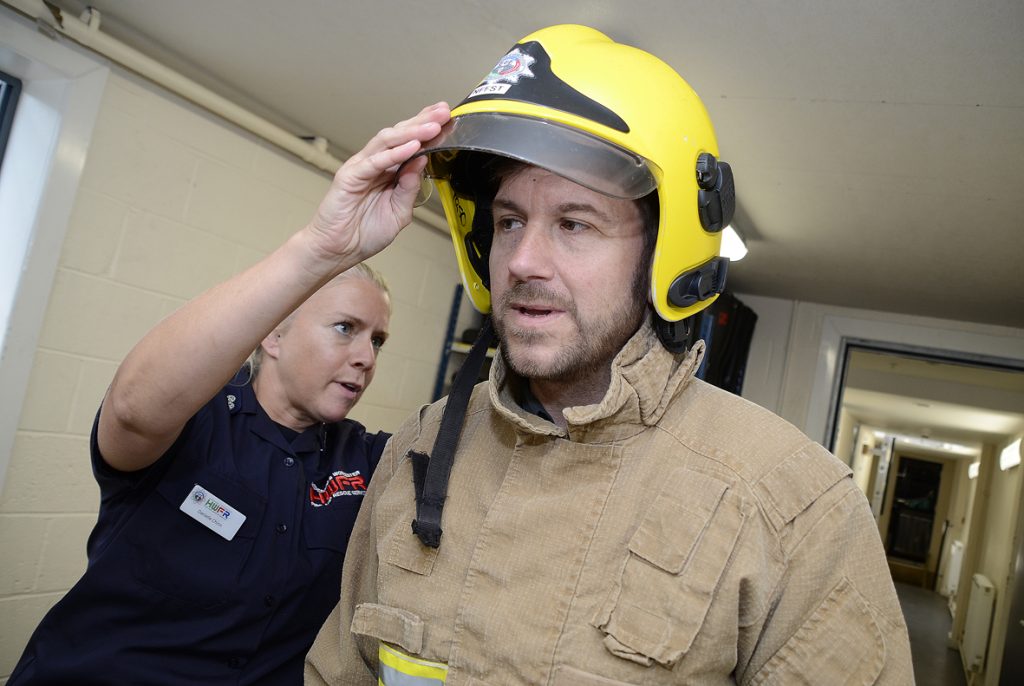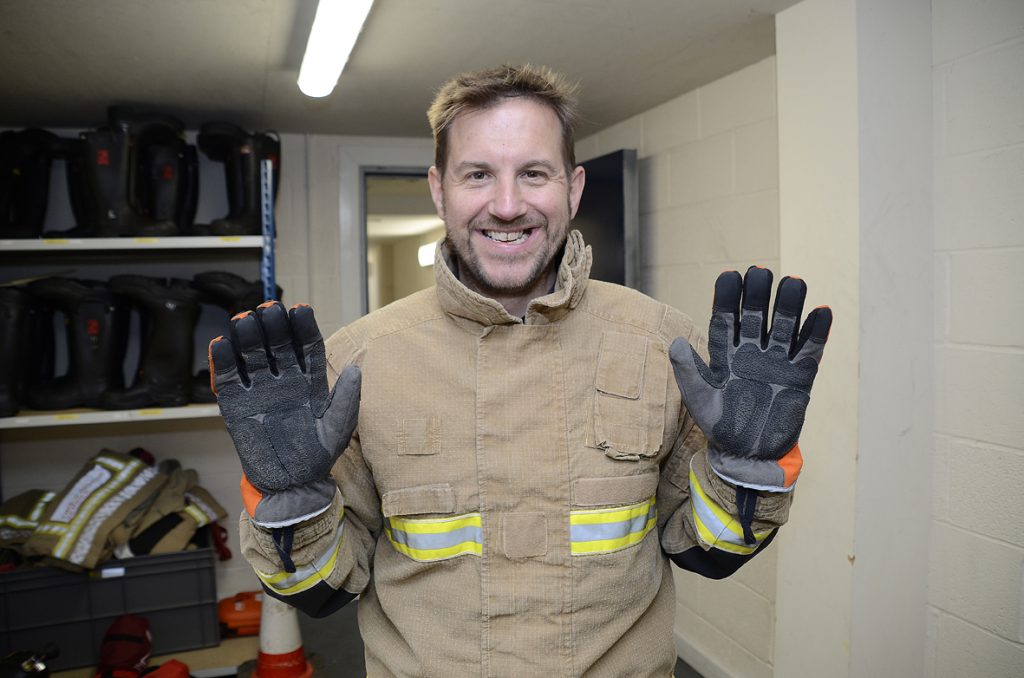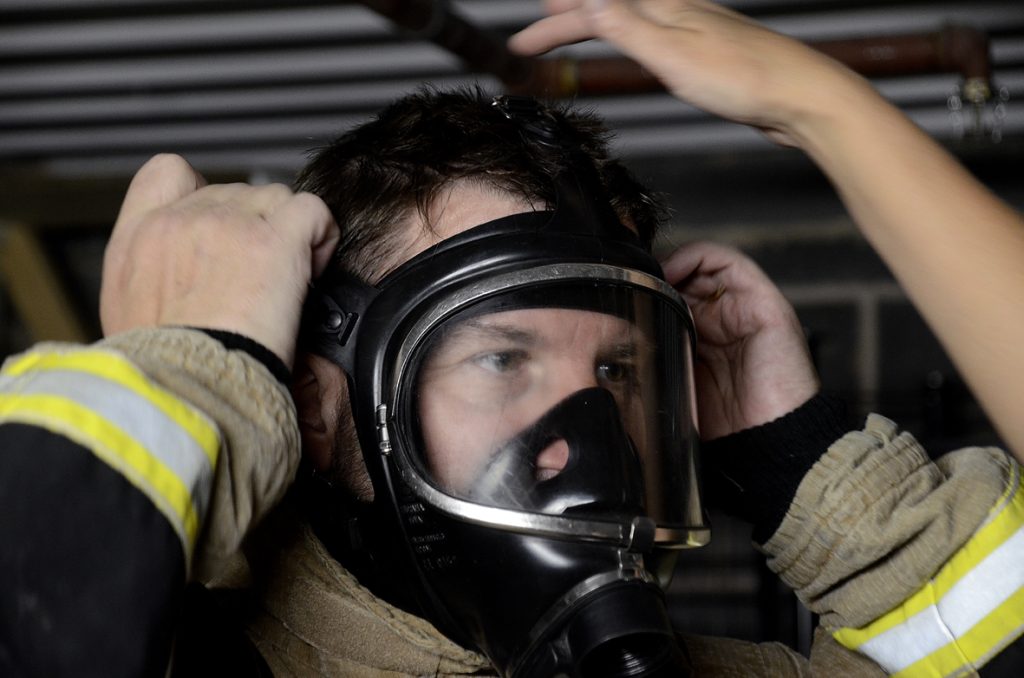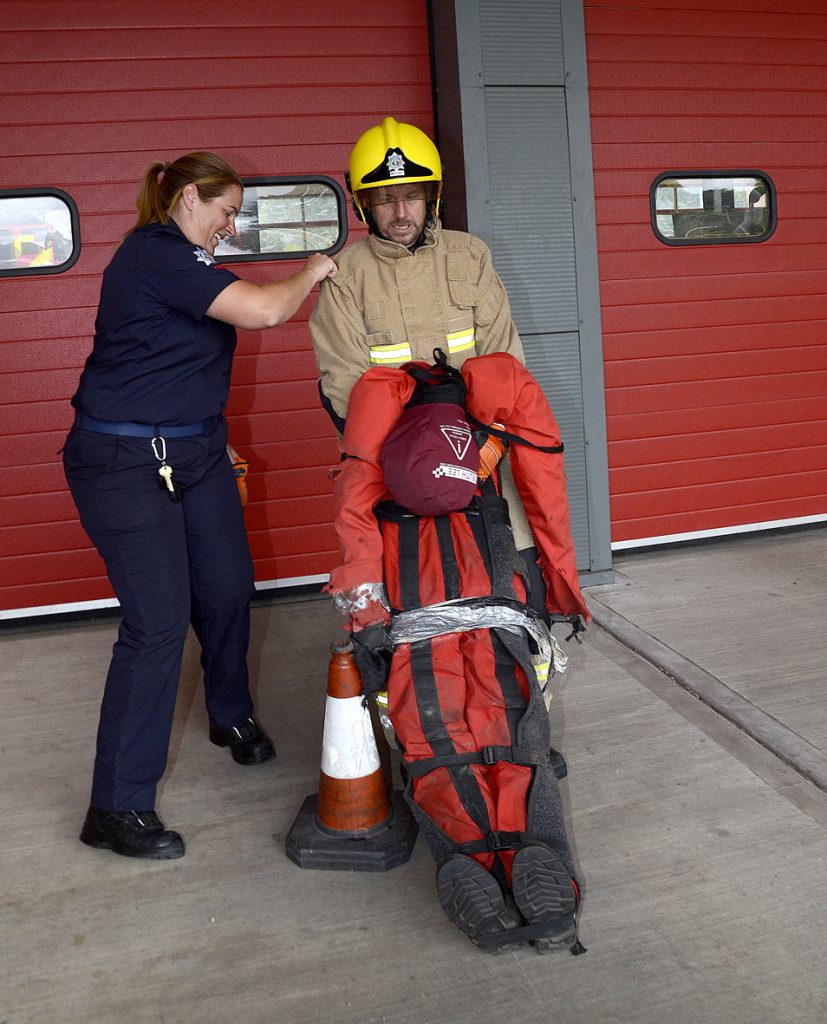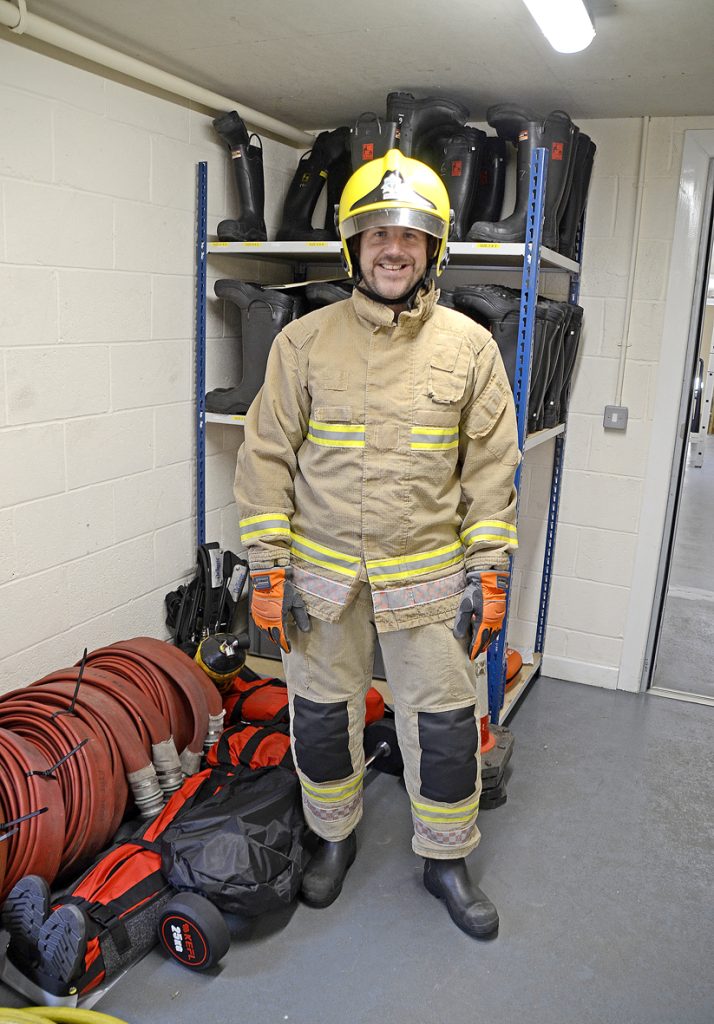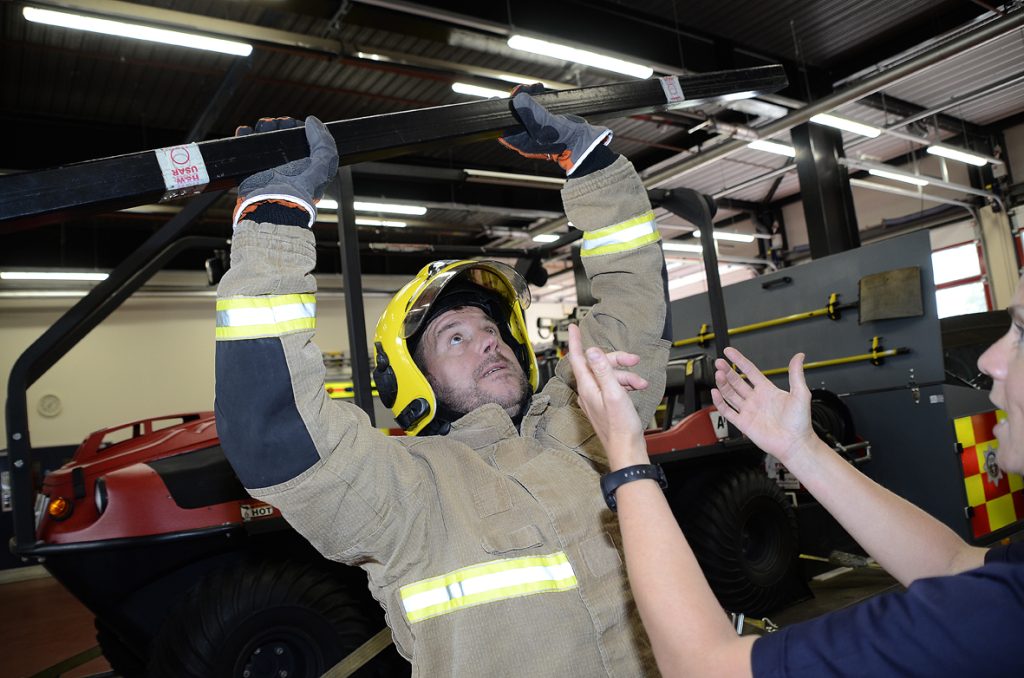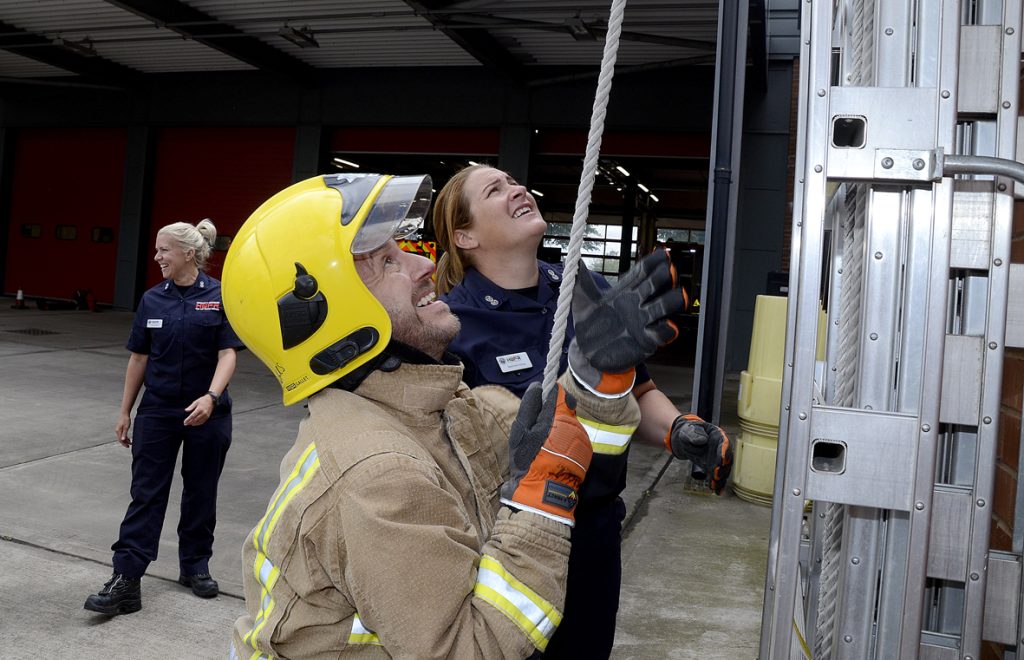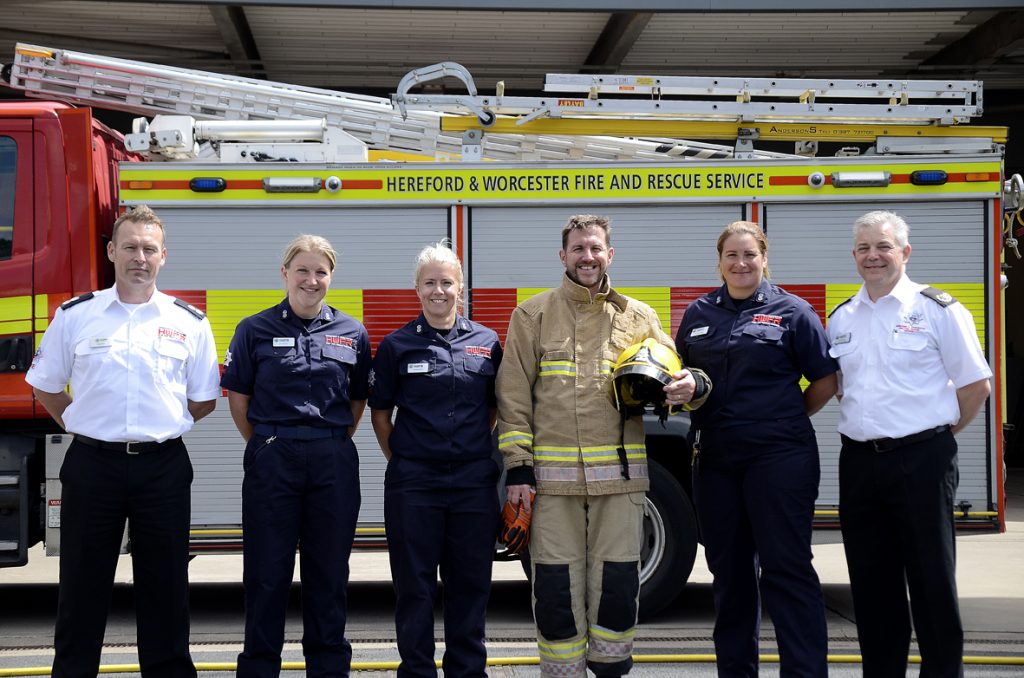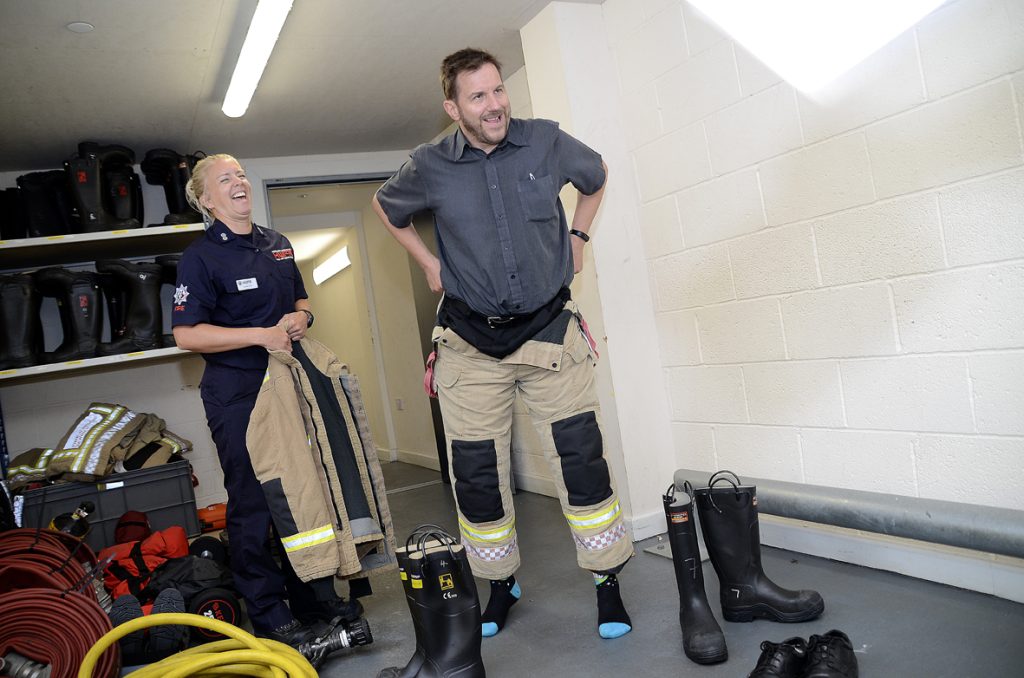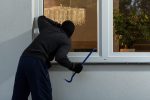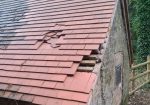AFTER being offered the chance to have a go at The National Standard Firefighters Test, our journalist Tristan Harris could not pass up the opportunity. Here is his first-hand account.
I headed to Hereford and Worcester Fire and Rescue Sevice’s Malvern Fire Station to find out more about becoming a firefighter.
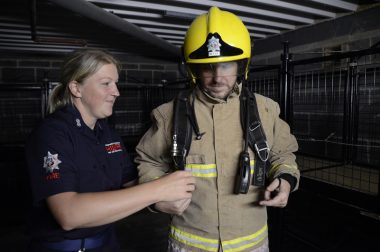 Picture by Marcus Mingins 2825001MMR
Picture by Marcus Mingins 2825001MMRAfter being kitted out in full firefighter PPE – boots, trousers, tunic and helmet, I took on five of the seven tests anyone wanting to become a firefighter – wholetime or on call – would have to pass.
Casualty Evacuation
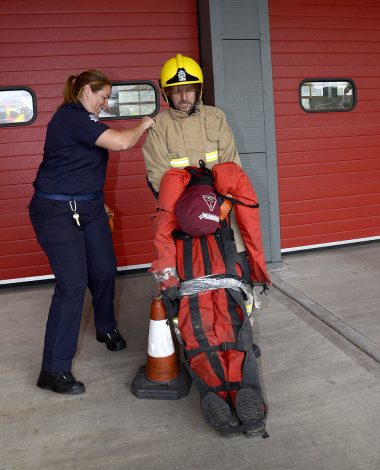 Picture by Marcus Mingins 2825001MMR
Picture by Marcus Mingins 2825001MMRThe first – ‘Casualty Evacuation’ – tasked me with dragging a 55kg fully-clothed mannequin around a 30metre course. I wrapped my arms around the casualty (under its arms) and, led by a firefighter behind me, completed the task within the allotted time.
Ladder tests
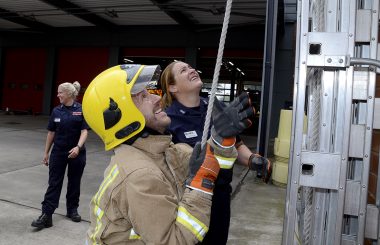 Picture by Marcus Mingins 2825001MMR
Picture by Marcus Mingins 2825001MMRFor the ‘Ladder Extension’ you need to use a metal pulley to extend a triple extension ladder before returning it to its original position. The hardest thing here was finding the ‘one hand over the other’ rhythm. Once I got the hang of that, I was fine.
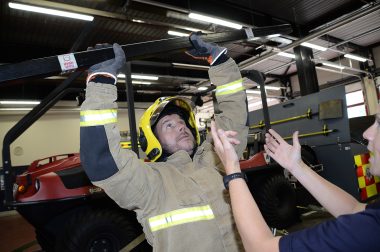 Picture by Marcus Mingins 2825001MMR
Picture by Marcus Mingins 2825001MMRThird was the ‘Ladder Lift’ which tests upper body strength and control. This involves lifting a weighted pole – first to your chest before changing grip and pushing it above your head and repeating the process in reverse.
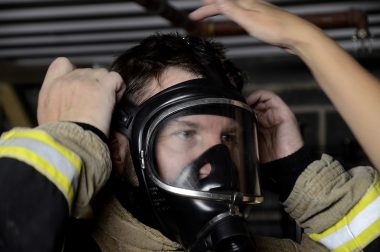 Picture by Marcus Mingins 2825001MMR
Picture by Marcus Mingins 2825001MMRBA Crawl
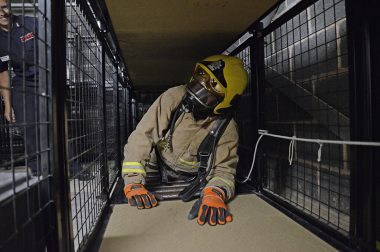 Picture by Marcus Mingins 2825001MMR
Picture by Marcus Mingins 2825001MMRNext up was the BA (breathing apparatus) Crawl – This tests tolerance of enclosed spaces, using an L-shaped two-storey cage. As well as the regular firefighter uniform, a 25kg oxygen cylinder and mask are added. This makes it trickier as you need to take into account the added height as you crawl through the course. At the one end of the L,I found it easier to turn around there and do the next bit backwards. I had some difficulty after dropping down to the ground level and had to think about how to get the extra equipment height through. I finished it within the time limit.
Equipment Carry
And the last task I did was the Equipment Carry, testing functional strength and endurance. This is performed on a 25m course and is similar to a shuttle run/walk, travelling 550m in total, carrying various weights. It starts with the end of a hose being taken as quickly as possible to the end of the course. After laying that down, you run back and carry two heavy duty coiled hoses (similar to ‘two bags of shopping’ as the trainers reminded me) 100 metres. One of them is then lifted up to the chest and carried 25 metres.
After that, there is a long – light but awkward cylindrical pipe and another cylindrical object to be carried 50 metres before a 100m shuttle run – this time with no equipment
By this point I was out of breathing heavy and blowing hard. The most challenging was still to come so, coached by the training staff, I used the 100m to regulate my breathing and get some much-needed oxygen into my lungs.
The final 100m (four laps) was with a 30kg barbell weight, held at waist level. I really had to dig deep and was feeling the burn but was buzzing with adrenaline afterwards.
The maximum time to complete the equipment carry was 5mins 47secs – I had somehow managed it in 4mins 18.
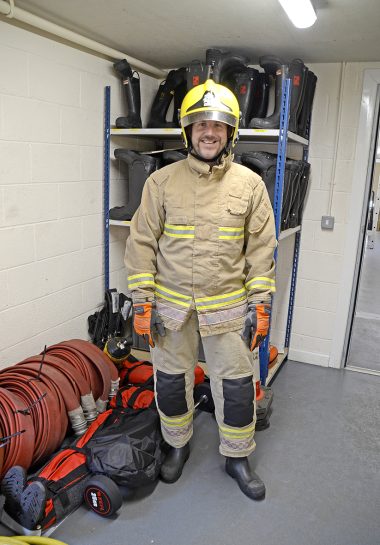 Picture by Marcus Mingins 2825001MMR
Picture by Marcus Mingins 2825001MMRThe two tests I did not undertake was a Ladder Climb, testing confidence and agility at height and Manual Dexterity to assess motor skills and assembling equipment.
Having passed the others with flying colours, I feel I could have struggled with the other two. I am not the best with heights, although if I had to, I could possibly rely on my adrenaline to overcome that fear and assembling equipment is also not my strongest point although I feel it is doable with deep concentration.
How I found it
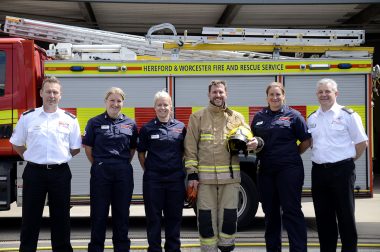 Picture by Marcus Mingins 2825001MMR
Picture by Marcus Mingins 2825001MMRBefore undertaking this challenge, I feared I may not be fit enough to pass the tests but that was not the case and the trainers were brilliant – not only at coaching me through the whole process with words of encouragement, but also at getting me to push for the finish of that final task.
As Jules Short, the Watch Commander for the training section, stated – you do not have to be super-fit to become a firefighter. A good cardio vascular fitness level and the ability to deal with confined spaces and heights, along with other attributes will get people through The National Standard Firefighters Test and into ‘a very rewarding job where everyday is different’.
Recruitment for HWFRS firefighters opens from Monday, July 17, to August 8.
Group commander Jules Short explains more below.


